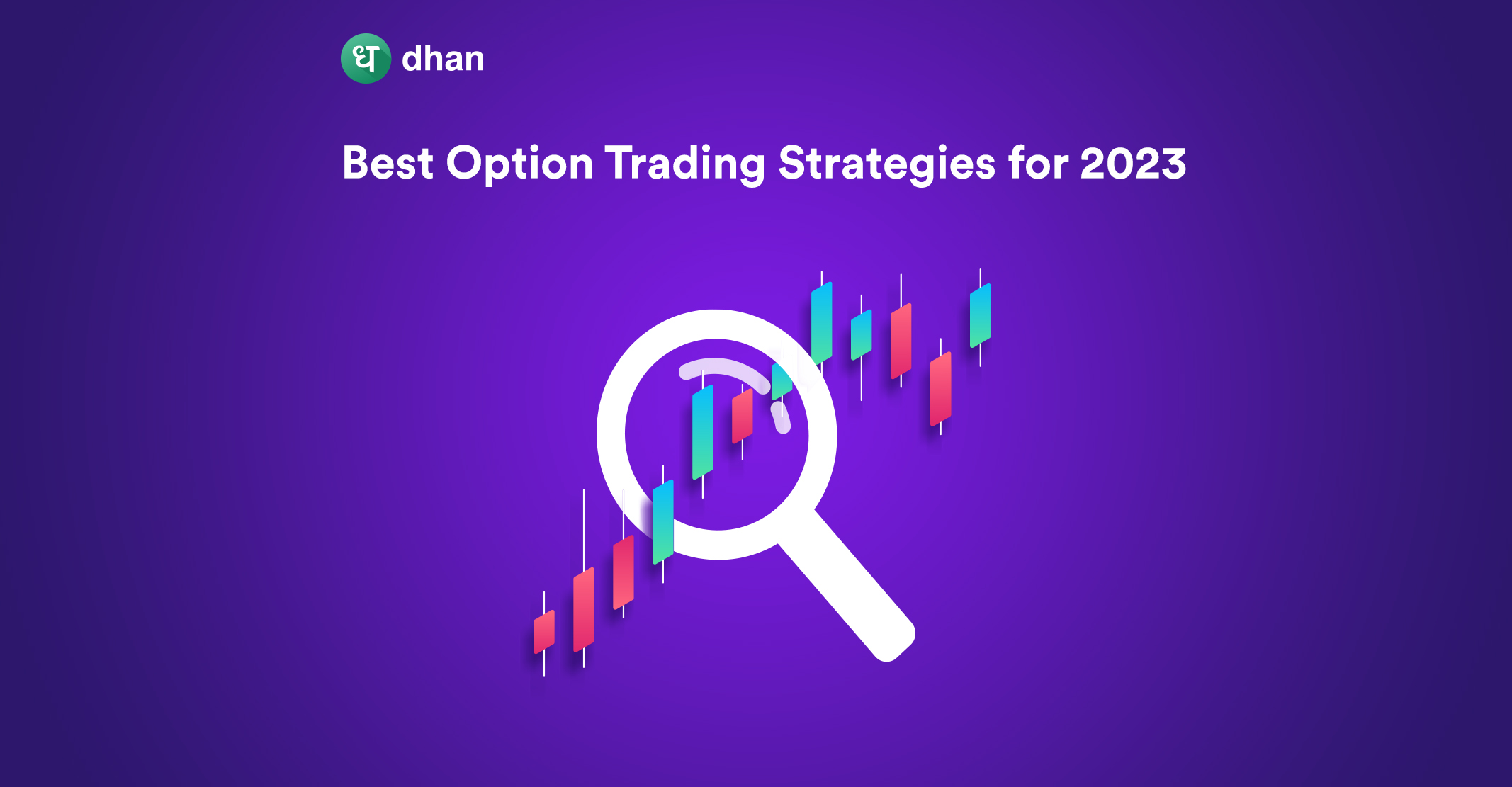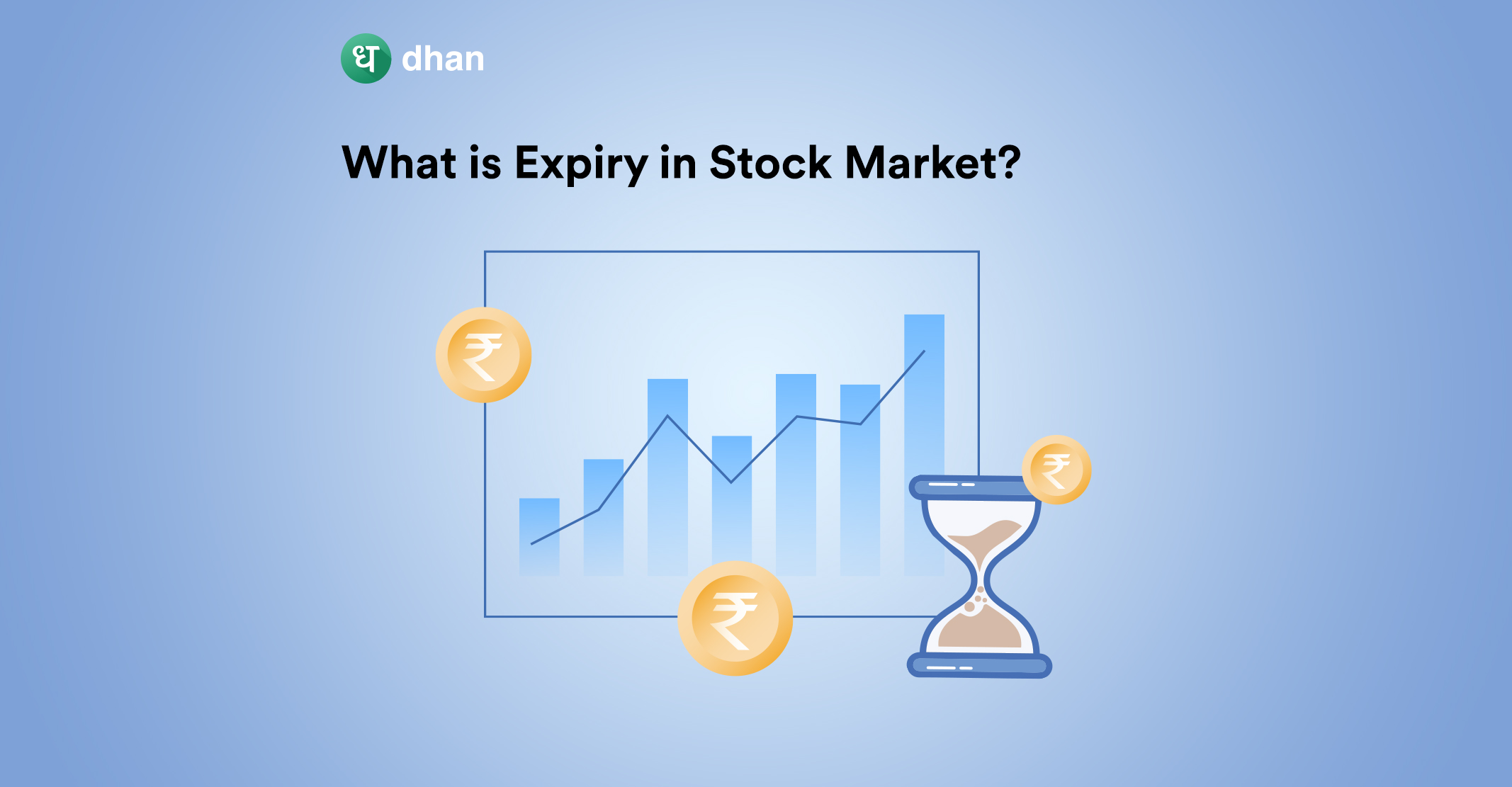The world of options trading involves several levers that can be used to hit your financial goals. Some prefer to use a custom strategy builder to make their own strategies. Others prefer to stick to timeless strategies, also known as the best option trading strategies.
If you’re one of the latter who wants to know where to get started, you’ve landed on the right blog. We’ll cover options strategies that have utility across various types of markets, starting with Straddle.
1. Straddle Options Strategy
If you want to use a Straddle Option Strategy, you’ll have to buy a call and a put option of the same underlying security at the same strike price and expiration date. There are two important things here: premium and strike price.
You’ll have to premium if you want to acquire a call or put option. This is the price to purchase the contract or the current price of the contract. If you want to buy or sell the underlying, you’ll have to pay the strike price.
There are two types of Straddle strategies you can choose:
- Long Straddle
- Short Straddle
Let’s say you want to run a Long Straddle. You’ll start by buying a call and a put option at the same strike price. The expiration date for both contracts will be the same as well. The beauty of the Long Straddle Strategy is that it limits the downside while simultaneously improving the upside.
The downside is limited to the premium you pay whereas the upside is limitless, based on the market. Check the payoff graph of a Long Straddle Strategy below.

On the other hand, the Short Straddle involves short selling a call and a put option at the same strike price and expiration date. As you may know, short-selling anything is risky and when it comes to options trading, it’s riskier.
The profit of a Short Straddle is limited to the premium or premiums a trader can collect. In a nutshell, the Straddle Options Strategy relies on price fluctuations and trading range. A trader needs significant price movement to make substantial profits using this strategy.
2. Butterfly Option Strategy
The Butterfly Strategy or Butterfly Spread is often referred to as a neutral options strategy because it combines a Bullish and Bearish approach to offer profits while keeping associated risks low.
To implement a Butterfly Option Strategy, you’ll have to buy or sell four calls, four puts, or a combination of calls and puts. Either way, all four contracts will have three different strike prices but the same expiration. The ratio of the strike prices will be 1:2:1.
For example, a trader can buy one call option with a lower strike price, two put options with a higher strike price, and one call option with an even higher strike value. This range helps minimize risk while maximizing potential profit.
Interestingly, there’s a modified Butterfly Spread that uses strike prices in a 1:3:2 ratio to create a bearish and bullish trend. Although this modification involves higher risk, the potential reward is greater when compared to the standard Butterfly.
3. Strangle Option Strategy
The Strangle Option Strategy involves buying or selling a call and put options of the same underlying security but with different strike prices. The core idea of this strategy is to make a profit when the underlying asset experiences a sharp swing in price.
You can either opt for a Long Strangle or a Short Strangle. A Long Strangle involves buying both a call option and a put option with the same expiration date but with different strike prices.
If the asset price increases, the call option can be exercised, generating a profit. If the asset price decreases, the put option can be exercised, generating a profit.
The Long Strangle strategy is known to have limited risk. The maximum potential loss is the total premium paid to buy the options, while the potential profit is theoretically unlimited if the asset price moves drastically in the favorable direction.
Short Stangle involves selling both a call option and a put option with the same expiration date but with different strike prices. The Short Strangle is profitable when the price of the underlying asset remains within a certain range.
The maximum potential profit is the premium collected from selling the call and put options, while the maximum potential loss is theoretically unlimited, as the price of the underlying can theoretically continue to move in one direction or the other without limit.
The following image will show you the combined payoff graph of a Short and Long Strangle.

4. Iron Condor Option Strategy
In the Iron Condor Option Strategy, a trader buys two call and put options. All these options contracts have the same expiry but the strike prices are different. While the strategy offers limited upside and downside risk, the potential for profit is also limited.
The maximum profit is achieved when the underlying asset closes in the middle of the strike prices on the expiration date. A tweak could be to adjust the difference between the call and put options. However, this can increase risk in a highly volatile market.
What’s important to note is that the market can be moving sideways (often), with the price of security staying stable without forming any distinct trends over a short period. This can result in a horizontal range with neither bulls nor bears able to gain control.
Conclusion
The best option trading strategies include Straddle, Butterfly, Strangle, and Iron Condor. These strategies are widely used in the world of options trading across various segments like Equity, Commodity, and Currency Options.
That said, you can do your own research to perhaps improve these strategies, make modifications, and come up with your own custom strategies while exploring the world of options trading.
By the way, if you want to find prospective options trading ideas based on your market outlook (bullish, bearish, neutral), Options Trader by Dhan has just the feature for you 👇



